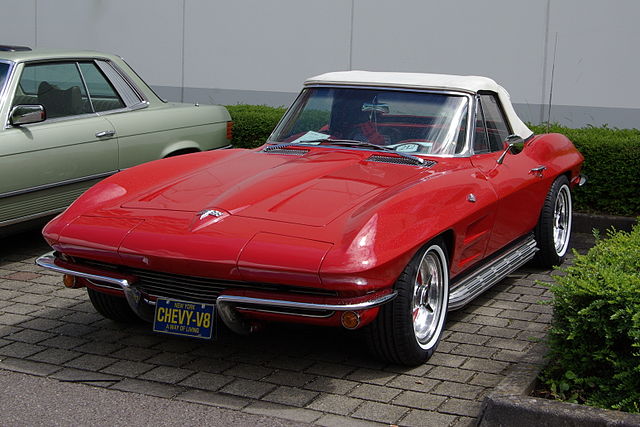
The Chevrolet Corvette C2, produced between 1963 and 1967, represents a pivotal era in American sports car history. Known for its striking design and performance prowess, the C2 Corvette, also referred to as the Sting Ray, set new benchmarks in automotive design and engineering. This era of Corvette not only symbolized the height of American automotive ambition but also embodied the spirit of innovation and excellence that was prevalent in the 1960s.
This article explores the C2’s development, design innovations, performance, legacy, and notable models, providing insights into why it remains a celebrated classic.
Development and History
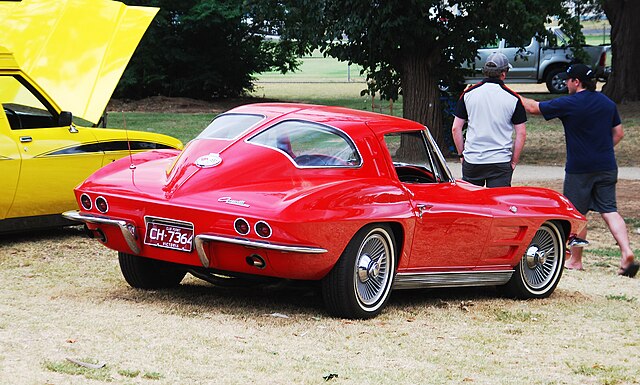
The Corvette C2 was born out of a desire to create a completely redesigned Corvette that could compete more aggressively with European sports cars. Under the leadership of Bill Mitchell, Chevrolet’s Vice President of Styling, and with significant input from legendary engineer Zora Arkus-Duntov, the C2 was a radical departure from its predecessor, both in aesthetics and performance.
The development of the C2 Corvette was marked by a focus on improved handling, braking, and acceleration, which were achieved through innovative design and engineering.
The Sting Ray’s development was heavily influenced by earlier concepts and racing models, particularly the 1959 Sting Ray Racer and the Q-Corvette concept. These influences were evident in the C2’s streamlined shape and racing-inspired features.
The project faced numerous challenges, including internal disputes within General Motors about the direction of the Corvette brand, but ultimately, the team’s vision prevailed, leading to the creation of a car that would redefine American sports car standards.
The introduction of the C2 Corvette in 1963 was met with widespread acclaim. Its fresh, cutting-edge design and improved performance characteristics resonated with both critics and consumers, solidifying the Corvette’s status as America’s sports car and setting the stage for its future evolution.
Design Innovations
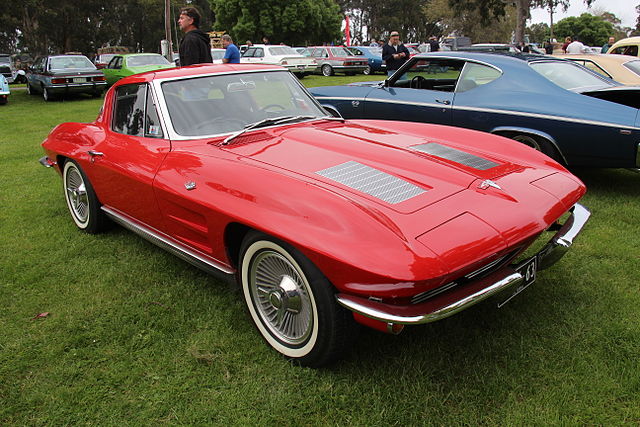
The Chevrolet Corvette C2 introduced several design innovations that were groundbreaking at the time. Its exterior was characterized by a dramatic departure from the rounded shapes of the 1950s to a more angular, aggressive stance that was both futuristic and functional. The split rear window of the 1963 model is one of the most distinctive features of the C2, although it was replaced by a single pane of glass in subsequent years due to visibility concerns.
The interior of the C2 Corvette was equally revolutionary, featuring a cockpit-inspired design that prioritized driver ergonomics and control. The car’s instrument panel was designed to provide easy access to all controls and gauges, creating a driving experience that was both engaging and comfortable.
The use of high-quality materials and attention to detail in the interior underscored the Corvette’s position as a luxury sports car.
Another significant design innovation was the introduction of independent rear suspension, which significantly improved the C2’s handling and ride quality. This feature, combined with the car’s lightweight construction and aerodynamic design, contributed to its exceptional performance and driving dynamics.
Performance and Engineering
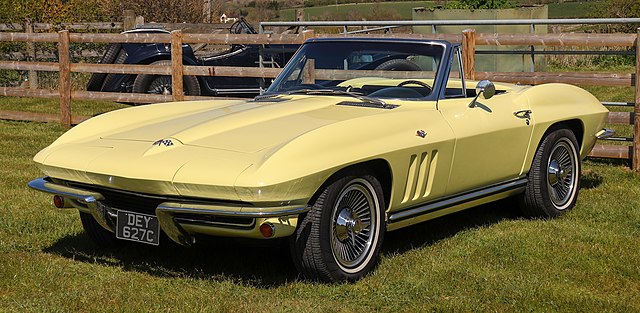
The Corvette C2 was not just a triumph of design; it was also a powerhouse of performance. The base model came equipped with a 327 cubic inch (5.4L) V8 engine, capable of producing 250 horsepower.
However, Chevrolet offered several optional engines throughout the C2’s production run, including the legendary 427 cubic inch (7.0L) Big Block in 1966, which could produce up to 435 horsepower in its most powerful configuration.
The engineering advancements of the C2 Corvette extended beyond its powerful engines. The vehicle featured a four-speed manual transmission as standard, with an optional two-speed automatic transmission available. The introduction of disc brakes in 1965 greatly improved the Corvette’s braking performance, addressing one of the criticisms of the previous generation.
Chevrolet also offered the Z06 performance package, initially designed for racing. This package included a larger fuel tank, enhanced suspension, and improved braking components, making the C2 not only a road-going sports car but also a formidable competitor on the race track.
Legacy
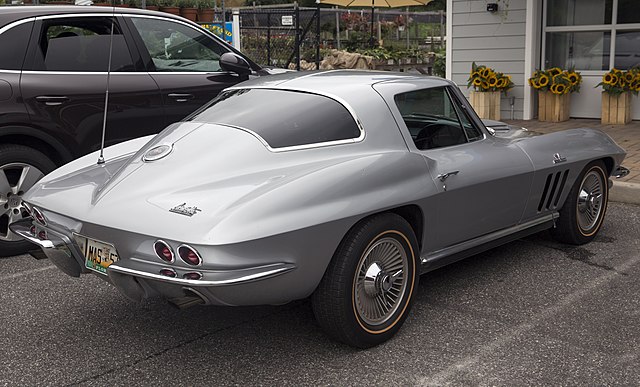
The legacy of the Chevrolet Corvette C2 is profound, influencing not only the future generations of Corvettes but also the broader automotive landscape. It is celebrated for its contributions to automotive design, performance engineering, and the establishment of the Corvette as a symbol of American ingenuity and performance. The C2’s distinctive design and engineering achievements have made it a highly sought-after classic among collectors and enthusiasts.
The Corvette’s success during the C2 era helped cement Chevrolet’s reputation as a manufacturer of high-performance sports cars, encouraging the brand to continue innovating and pushing the boundaries of automotive design and engineering in the decades that followed.
Notable Models and Collectibility
Among the most iconic and collectible models of the C2 Corvette are the 1963 Split Window Coupe, the 1967 Sting Ray Convertible, and the high-performance versions equipped with the 427 Big Block engine. The Split Window Coupe, in particular, is highly prized for its unique design, and models in pristine condition can fetch significant sums in the collector car market.
The rarity and performance of the Z06 and L88 models, designed for racing, have made them incredibly valuable. These models showcase the Corvette’s racing pedigree and engineering prowess, making them highly sought after by collectors and racing enthusiasts alike.
The Chevrolet Corvette C2’s blend of style, performance, and historical significance continues to captivate automotive enthusiasts around the world. Its enduring legacy is a testament to the vision and craftsmanship of the team that created it, securing its place in the pantheon of classic American sports cars.
